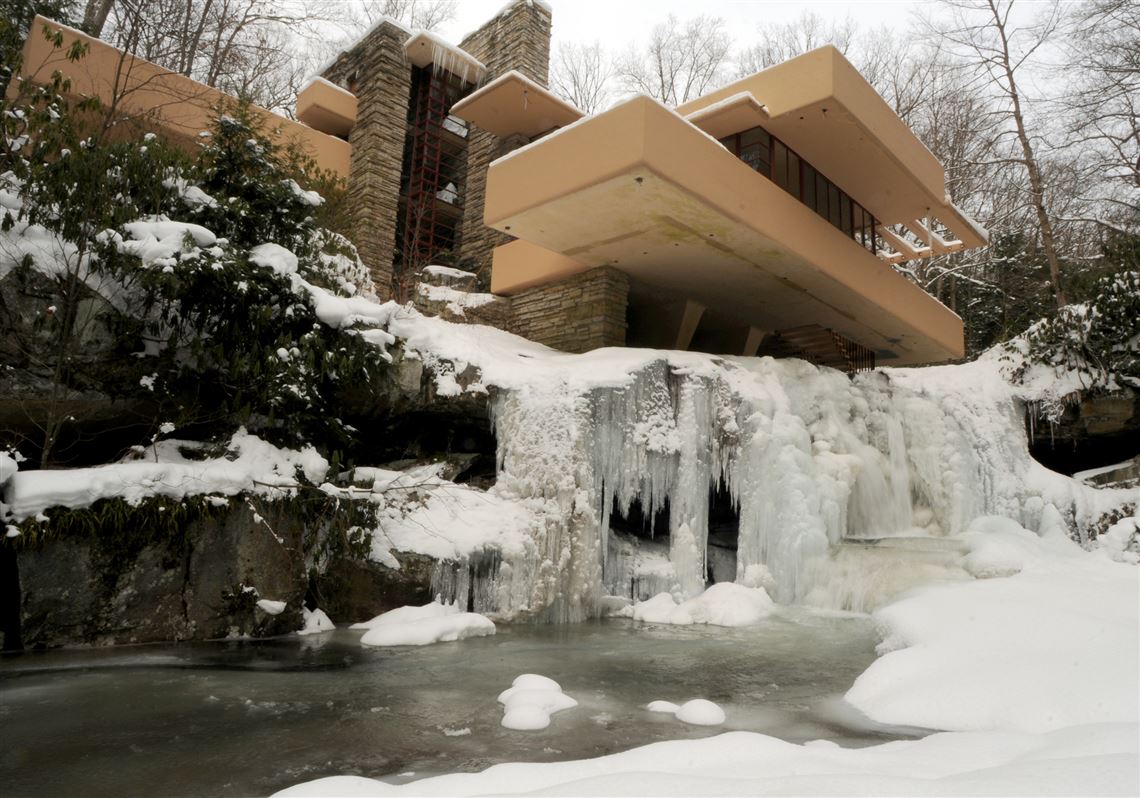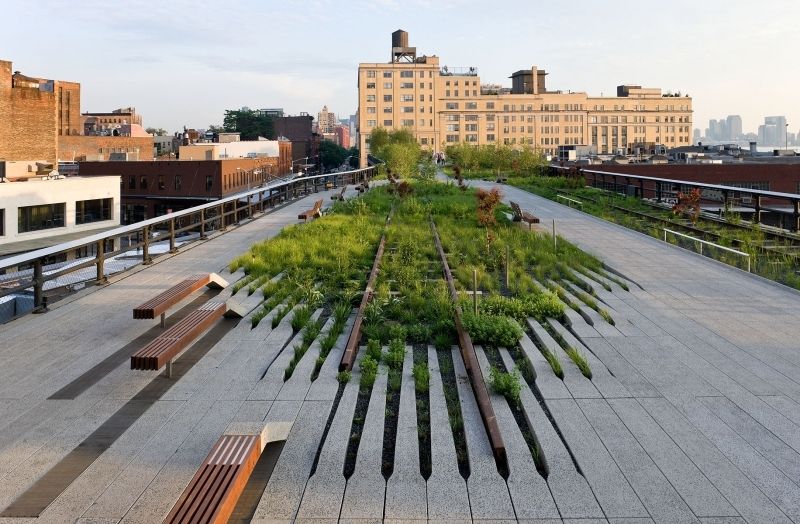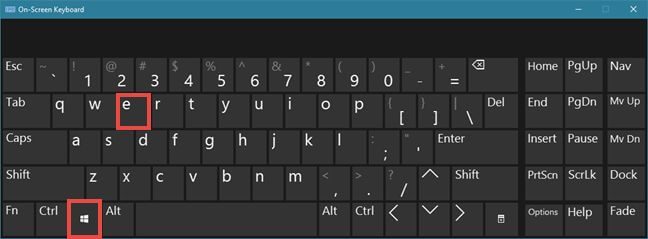This weeks tutorial is totally online. This means that while studio is scheduled for Thursday the 21st of March you don't need to come that day ... your tutors wont be there.
Instead, they are all working on precedents for Hero and Detail shots for you to reflect on and be inspired by. Look out for these to be uploaded to their blogs on Tuesday.
Below is an intro video describing what your task for this week is:
And here is a video tutorial showing the workflow from SketchUp to Lumion along with object placement, material editing, still and panorama rendering.
As each of your tutors is going to upload Hero and Detail shots from 5 architectural projects to their blogs I thought I would do the same.
My first examples are from a project by the great American architect Frank Lloyd Wright, called Falling Water. You can see more about the project here.
My selected Hero shot:
My selected Detail shot:
And a few words to introduce both images:
Many Hero shots of FLW’s Falling Water capture it from the
river below with the massively cantilevered balconies reaching out over the
rapids. I’ve chosen this one because while it reflects the majority of the Hero
shots it surprises because it’s taken in the middle of winter when the river is
frozen over. The movement of the river has been halted, which makes me think that
the Architecture might have been considered as a series of moving projections
but has also been halted. The detail shows the rock that the family used to
visit, and fell in love with, before they commissioned Wright to build their
house there. It both metaphorically and literally anchors the house to the
landscape and contrasts the geometric elements that dominate the design. The
raging fire also contrasts the frozen river in the previous, Hero, shot.
Together they make you think about things that can only be inferred at a
distance in images … temperature … warmth inside vs bitter cold outside.
Together they say that architecture is an embodied experience.
My second image is from Spanish architects Ensamble Studio, it is called the Hemeroscopium House. You can see more about the project here.
My selected Hero shot:
My selected Detail shot:
A few words to introduce both images:
This house presents as a combination of over-sized parts that seem to depend on each other to maintain balance. It is almost toy like and its assembly a kind of game. This is perhaps most clear in this video. The detail shot shows the rough block that acts like a keystone in a traditional vaulted structure, locking all the other parts together.
My third choice is a fire station by Zaha Hadid. You can read a little about it and see her beautiful drawings here.
My selected Hero shot:
My selected Detail shot:
A few words to introduce both images:
The Vitra fire station is one of the most famous contemporary buildings in the world. This Hero shot is perhaps the most famous of its images. The soaring cantilever of its entry porch demonstrated the dynamics Hadid had first introduced with the Hong Kong Peak project. Many conservative architects derided her for her vision with the Peak project, casually dismissing her as lacking the understanding that concrete isn't weightless. She proved them wrong 20 years later, with this fire station. The Detail shot shows the forest of columns that I believe was inspired by Alvar Aalto's Villa Mairea; you can see them here.
My fourth project is the Highline in NYC by Diller, Scofidio and Renfro. See more info here.
My selected Hero shot:
My selected Detail shot:
A few words to introduce both images:
The Highline is a re-purposed elevated train line that ran through an almost forgotten part of Manhattan. By transforming it into a park it has brought activity, pleasure and revitalized this area of the city. You can see in the Hero shot the existing older buildings are being joined by contemporary designs that seek to capitalize on their location near a new and much loved urban park. The detail shot shows some the the old railway lines that are allowed to penetrate the new walking surface; establishing a dialogue between their materials.
My final project is the Sydney Opera House by Jorn Utzon. See here for some great images of the building under construction.
My selected Hero shot:
My selected Detail shot:
A few words to introduce both images:
The opera house is perhaps the most heroic of all of my selected projects ... its concept, of sails floating over a rocky podium, is clearly expressed in almost every shot one sees online. In some ways though, these Hero shots obscure many interesting aspects of the architecture. The metal work in the building doesn't demand so much attention, but it should. My selected detail shows how the metal fins of the facades shape and filter space at the same time.
I hope these and the ones selected by your tutors inspire you to create your own Hero and Detail shots of your completed architecture. I encourage you to follow the links above and your tutors links to learn more about the projects they select; remember the old saying "you are what you eat", your tutors are preparing a feast of architectural goodness, so bring your appetite!
Regards
Russell










